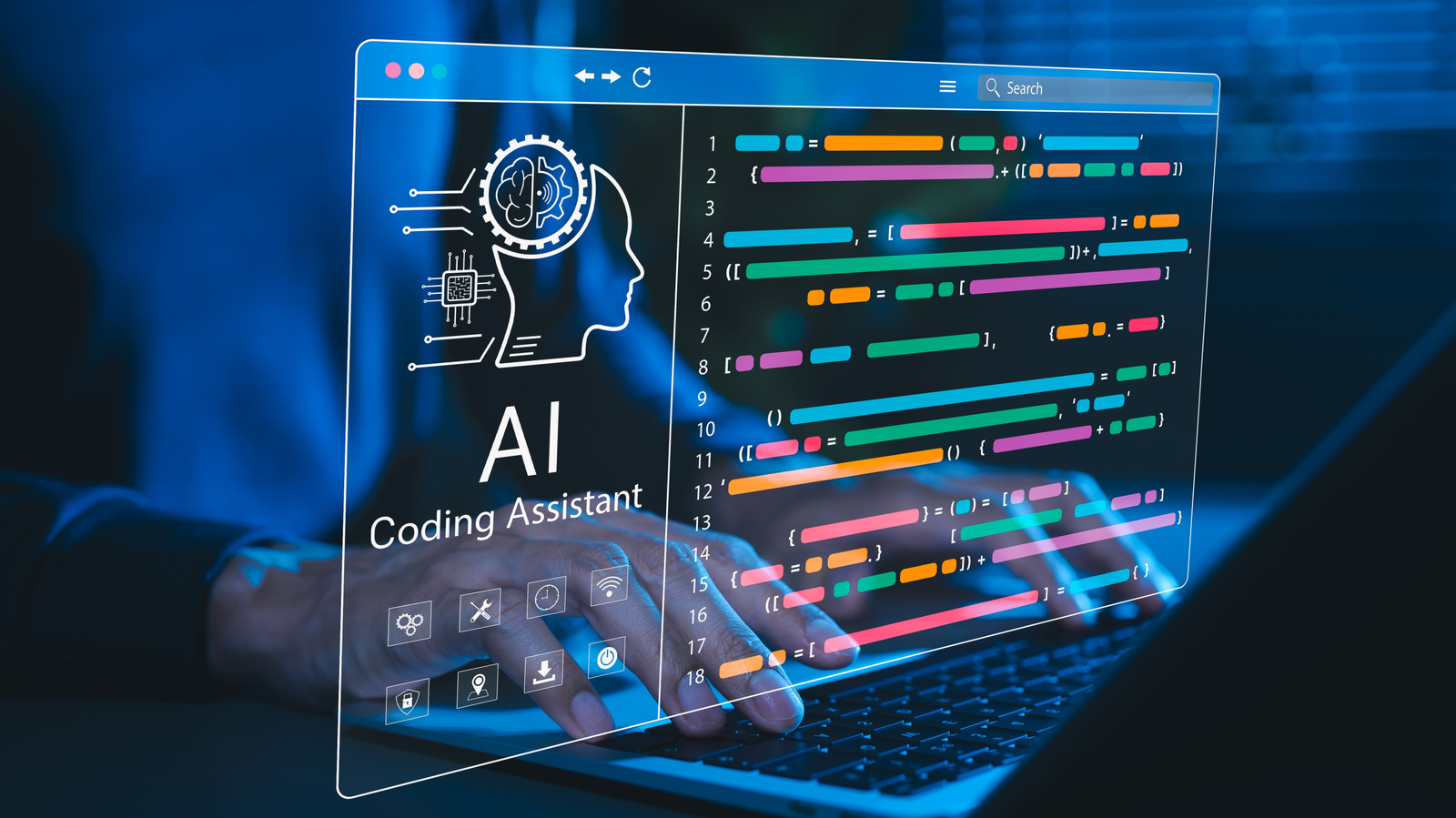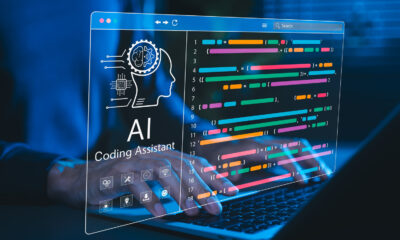Science
AI Coding Tools Fail to Deliver Promised Efficiency Gains

The initial optimism surrounding artificial intelligence (AI) in coding is fading as companies face significant challenges with AI-generated code. Prominent figures in the tech industry, such as Dario Amodei, CEO of Anthropic, previously predicted that AI would soon handle the majority of coding tasks. In March, Amodei asserted, “I think we will be there in three to six months, where AI is writing 90% of the code.” This sentiment was echoed by Andy Jassy, CEO of Amazon, who anticipated a substantial reduction in the company’s programming workforce due to AI advancements. However, six months later, the reality of AI’s limitations as a coding tool has become increasingly evident.
Research indicates that the integration of AI into coding processes has not only failed to accelerate productivity but has, in many cases, hindered it. A study conducted by the AI research nonprofit METR revealed that developers using AI coding tools took an average of 19% longer to complete tasks compared to their peers working without AI assistance. Additionally, less than 44% of AI-generated code was accepted by developers, who often spent significant time refining the code to ensure functionality.
The study also highlighted an interesting phenomenon: some developers did not perceive the slowdowns AI introduced. Despite evidence demonstrating reduced efficiency, many participants estimated that AI had improved their productivity by around 20%. This disconnect raises questions about the understanding and expectations surrounding AI in coding environments.
The challenges extend beyond mere delays. AI-generated code often contains security vulnerabilities, creating risks for organizations that rely on these tools for development. A report from security firm Apiiro indicated that companies mandating AI in their coding processes experienced a tenfold increase in “time bombs”—code vulnerabilities that could be exploited by malicious actors—within a mere six months. The most alarming statistic revealed a 322% increase in instances of privilege escalation, which allows hackers unauthorized access to systems.
A joint study published in May by researchers from the University of San Francisco and other institutions found that even after just five iterations, AI-generated code led to a 37.6% increase in critical vulnerabilities. These findings suggest that the more organizations rely on AI for coding, the more pronounced the security issues become.
Despite the growing body of evidence illustrating AI’s shortcomings, some companies continue to push for its implementation. A report from software company Orgvue noted a 55% regret rate among senior business leaders who had opted to replace employees with AI. This regret underscores the disparity between the anticipated benefits of AI and the challenges that have emerged in practice.
The overarching issue remains clear: while AI has the potential to transform coding processes, it also introduces significant complications that developers must navigate. The persistent “hallucination” problem, wherein AI generates incorrect code, adds to the burden of human oversight. As organizations grapple with these realities, the call for strict human oversight of AI-generated code has emerged as a consensus among researchers.
This oversight, while necessary to mitigate security risks, paradoxically detracts from the efficiency gains that AI was supposed to deliver. Developers find themselves in a challenging position: relying on AI for speed while simultaneously needing to double-check its outputs to prevent serious vulnerabilities. The situation exemplifies a classic Catch-22, where the pursuit of efficiency through AI creates new problems that require additional time and resources to resolve.
As companies continue to adapt to the evolving landscape of AI in coding, it is crucial to recognize the limitations and potential pitfalls of these tools. The initial excitement surrounding AI’s capabilities must be tempered with a realistic understanding of its impact on productivity and security. Without careful management and human oversight, the promise of AI in coding risks becoming a source of frustration rather than a pathway to innovation.
-

 Entertainment3 weeks ago
Entertainment3 weeks agoAnn Ming Reflects on ITV’s ‘I Fought the Law’ Drama
-

 Entertainment2 months ago
Entertainment2 months agoKate Garraway Sells £2 Million Home Amid Financial Struggles
-

 Entertainment2 months ago
Entertainment2 months agoKim Cattrall Posts Cryptic Message After HBO’s Sequel Cancellation
-

 Entertainment2 weeks ago
Entertainment2 weeks agoWhere is Tinder Swindler Simon Leviev? Latest Updates Revealed
-

 Entertainment1 month ago
Entertainment1 month agoMasterChef Faces Turmoil as Tom Kerridge Withdraws from Hosting Role
-

 Entertainment3 weeks ago
Entertainment3 weeks agoITV’s I Fought the Law: Unraveling the True Story Behind the Drama
-

 Entertainment2 months ago
Entertainment2 months agoSpeculation Surrounds Home and Away as Cast Departures Mount
-

 Entertainment1 month ago
Entertainment1 month agoAldi Launches Cozy Autumn Fragrance Range Ahead of Halloween
-

 World2 weeks ago
World2 weeks agoCole Palmer’s Mysterious Message to Kobbie Mainoo Sparks Speculation
-

 Entertainment1 month ago
Entertainment1 month agoTurmoil in Emmerdale: Charity Dingle and Mack’s Relationship at Risk
-

 Entertainment2 months ago
Entertainment2 months agoMarkiplier Addresses AI Controversy During Livestream Response
-

 Science2 months ago
Science2 months agoAstronomers Unveil New Long-Period Radio Transient ASKAP J1448−6856





















